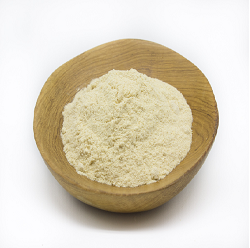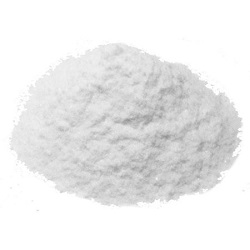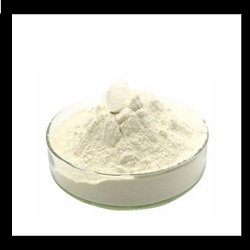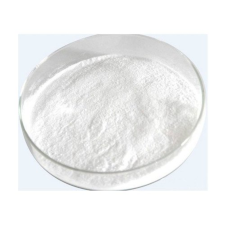Description
Ginseng is a root plant from the Panax family. You’ll often spot this lumpy, bumpy white root in the produce aisles at your local grocery store. But before we started adding it to our stir-frys, it had a long, rich history in Eastern medicine.
The use of ginseng first appeared in Chinese medical texts in 196 AD. It was commonly used to treat chronic illnesses and was considered a superior tonic. Since then, it’s remained a staple ingredient in Eastern medicine practices.
In the last few decades, ginseng has made its way into skincare, haircare, and beauty products. Western countries are just catching up with the increased exposure of K-Beauty routines! Now, you’ll find ginseng as a promoted ingredient in many skincare brands.
Types of Ginseng
This root grows best in cooler climates in the East, but you can find North American varieties as well. In fact, Native Americans have long used wild ginseng for its medicinal purposes. Let’s take a deeper look into the different types of ginseng.
Asian Ginseng
Panax ginseng is more widely known as Asian ginseng. It’s typically harvested in South Korea and China. This type is likely the standard form of ginseng that you’ll find in skincare and beauty products.
While all forms of ginseng have their benefits, Panax ginseng is the most widely studied. Korean red ginseng, in particular, is considered the gold standard in skincare. If you’re reading a study about ginseng’s benefits, it’s likely about this variety!
American Ginseng
American ginseng is the name for Panax Quinquefolius. It’s found in the eastern and central United States, as well as southern parts of Canada. Unlike Asian ginseng, which is known for its heat, American ginseng is a cooling agent.
This type of ginseng doesn’t usually make its way into skincare or beauty products. Instead, it’s mainly used in traditional medicine. The effects of American ginseng on the skin haven’t been widely studied.
Siberian Ginseng
Eleutherococcus Senticosus, or Siberian ginseng, isn’t actually a type of ginseng. But it’s often lumped into the same category as Asian and American ginseng.
The difference is that the Siberian version doesn’t contain ginsenosides, the active ingredient in ginseng. Instead, the active ingredient is eleutherosides. This element is known to have its own healing properties but isn’t generally used for skincare.
Application
You’ll find this ingredient in most skin care products, including:
- Face wash
- Day cream
- Night cream
- Eye cream
- Toner
- Serum
Precautions
For External Use Only
The above information is for general research purposes only and is not a representation or warranty of any kind. This material is not intended to diagnose, treat, cure or prevent any disease. The user of this material is solely responsible for determining fitness for any particular use; requesting and reviewing the applicable Material Safety Data Sheet; and compliance with all applicable laws and regulations. Terms and conditions apply





What others are saying
There are no contributions yet.